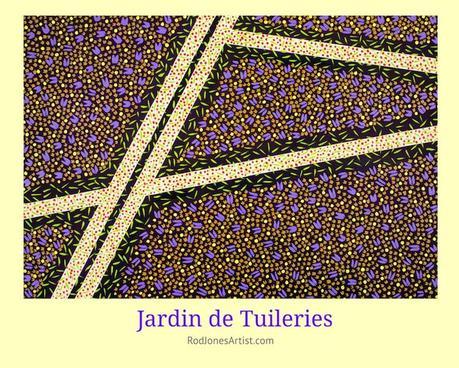I know on the surface this may be a bit unsettling to the Visual Artist. Consider that artists spend a lifetime being inspired by visual impressions and the interpretations thereof. What you see and what ultimately ends up in a work of art is invariably not what many artists intend. It’s comforting that you can always fall back on “I meant to do that” or “This came out better than I imagined, I must be a genius”. The reality is often a blend of all three.
For me I was extremely lucky. Vacillating between painting and photography at a very young age, I not so quickly determined that a camera presented a better future for someone with my personality and traits. Having the gift of gab, which I now understand made up for my now fashionable Dyslexia seemed to be a natural genesis of photographing people and objects for money. Commercial Photographers need to know how to sell. Most of the time your ability to communicate visually comes in second place.
Making the transition from Photographer to Brush Artist created a serious dilemma. For years I saw images. In fact, to this day I have to be somewhat careful as to what I expose the minds eye to. A real torment is television news. I can hang onto those images for a lifetime. Not a good thing. I take great comfort in visiting an art gallery, zoo, leisurely walk in the desert or by the ocean. But this in itself is laced with its own visual trickery.
What was your inspiration for that painting? It’s fun to be asked and even fun to explain. But to me this is the curse of really true originality. If you want…and this is not for every artist…you may embrace…Breaking the Habit of Seeing.
Give it a go…stop seeing with your eyes and try to develop visual thinking from within. Let your mind do the dictation. I’ve heard the pioneers of Modernism espouse this mantra. But as I’ve studied their work, more often than not, they were just smearing colors into shapes giving these works an esoteric title. I give Pollock credit for at least saying he was being directed by his sub-conscious mind when he was in the zone. Even he was surprised to see what ended up on the floor canvas. It’s not his work that I necessarily admire, although it’s quite good, but the fact he was forced to give a deeper meaning to his creations and managed to pull it off.
You will know when you pass the inspiration zone and start developing work that is purely inner brain driven. At first you will play hell trying to interpret what messages you’re receiving. The trick is to not be analytical but work at reception. Be prepared for a specific theme to emerge. Depending upon what’s going on deep within your psyche you can pull this off in a matter of months. For me this was a happen-stance. I started out painting what I saw, and I quickly realized that other than technique there was virtually no originality.
Don’t be judgmental of your creativity and never allow others, no matter their level of expertise to judge your work. Let it flow naturally…no time constraints or urgency. Hemingway would write every single day in his Moleskine notebook and commented, “This is crap.” But he also knew where those snippets of creativity were taking him. For every hundred paragraphs of disjointed words, he would give birth to brilliant prose…and he recognized it when he saw it. We can all benefit from the daily flexing of our creative muscles.
Fall Revealed – Rod Jones Artist – Oil on Canvas- 48″x 30″
The colors of fall, leaves, branches, pine needles, sky…all in one breath and thought. The essence of fall combined into one element.
Be original…don’t play follow the follower. I realize that this method can improve technical skills but you will be better off in the long run paying less attention to what medium or color palette to use. If you need inspiration clear your mind in front of a blank canvas and be prepared to make many trips to your mind’s ether. During my journey the only reality was the style or name I gave my work. I call it Receptive Abstract Patternism because that is exactly what my history served up from the deepest and rarely visited niches of my mind.

Jardin de Tuileries-The painting owes its name to the Tuileries Garden. It is a public garden located between the Louvre Museum and the Place de la Concorde in the 1st arrondissement of Paris.
Oblique and non-oblique in form which enlightens senses.

